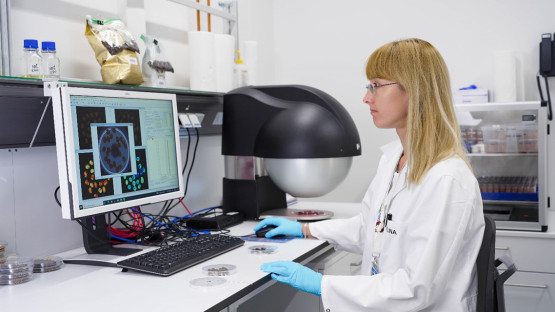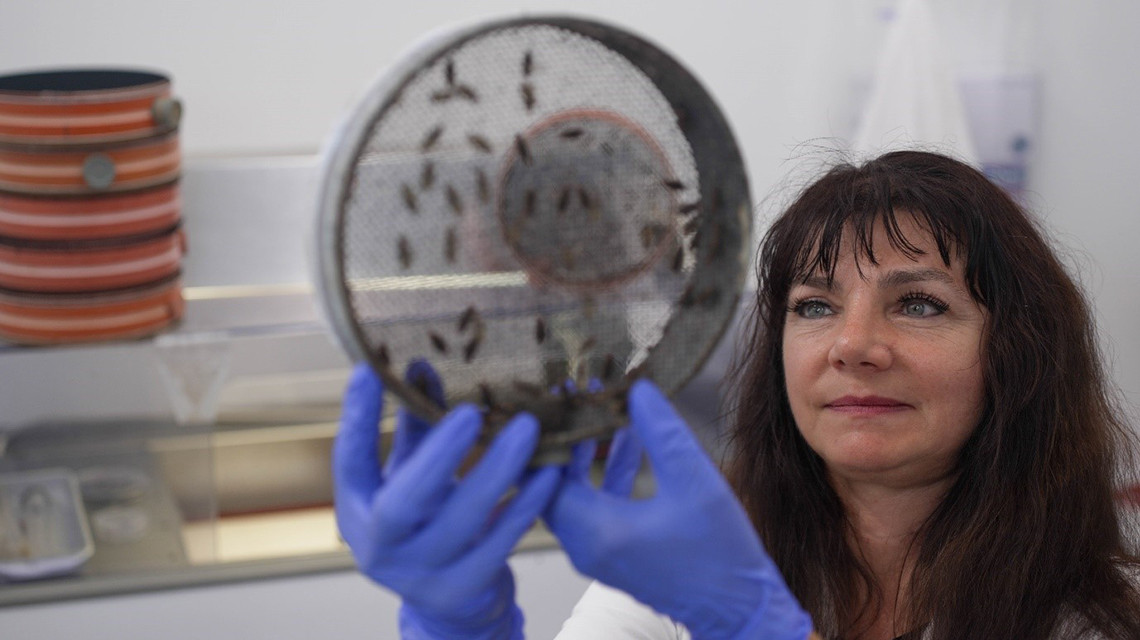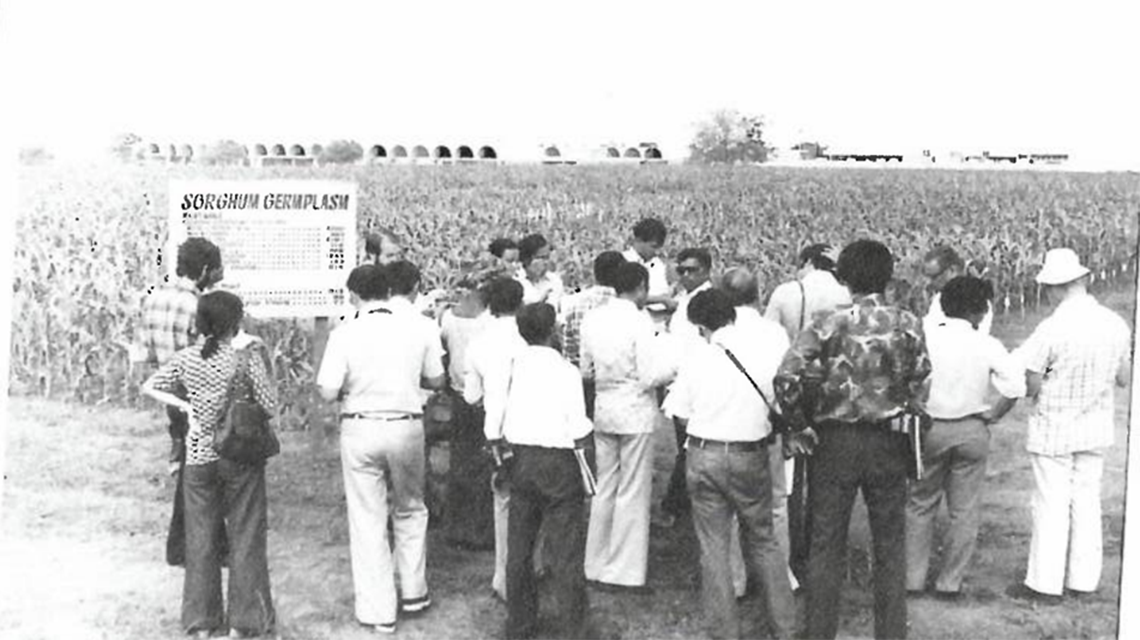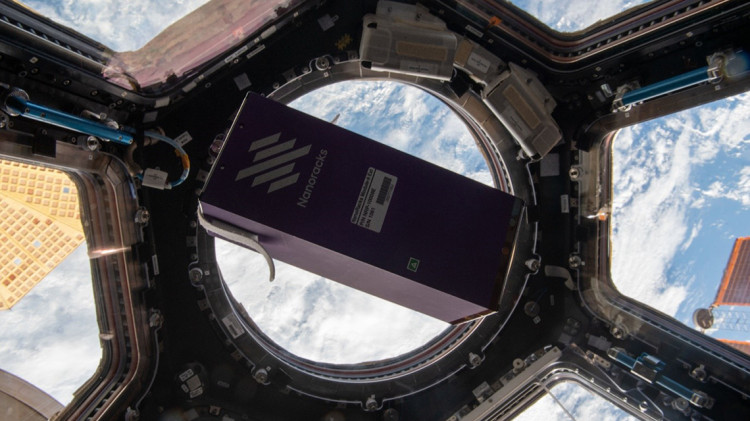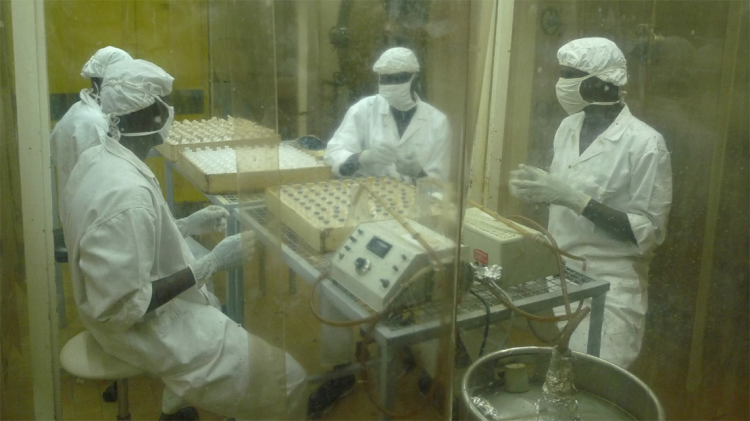This October, the Joint FAO/IAEA Centre of Nuclear Techniques in Food and Agriculture is celebrating a remarkable milestone — its 60th anniversary. Established in 1964, this partnership between the Food and Agriculture Organization (FAO) of the United Nations and the IAEA has advanced the use of nuclear science to boost food security, agricultural productivity and environmental sustainability.
Over the past six decades, the Joint FAO/IAEA Centre has harnessed nuclear technologies to support countries in tackling critical global challenges, from increasing crop yields and protecting livestock to controlling pests, advancing soil and water management and safeguarding food safety and authenticity.
The FAO/IAEA Biotechnology laboratories have been a central part of the Joint FAO/IAEA Centre’s work since its establishment. These state-of-the-art laboratories are the backbone of the Joint FAO/IAEA Centre’s operations, focusing on the development of technologies to help address agricultural and environmental challenges. Today, the laboratories remain at the forefront of science, technology and innovation, continuing to provide essential research, capacity development and technology transfer to countries.


